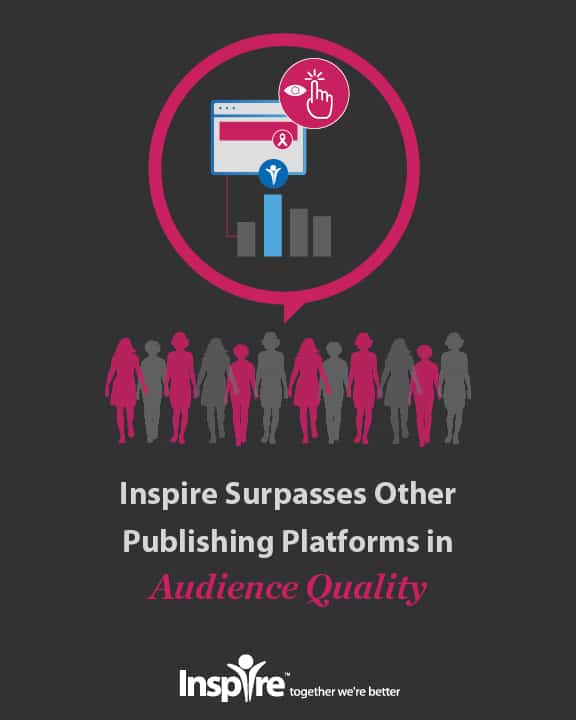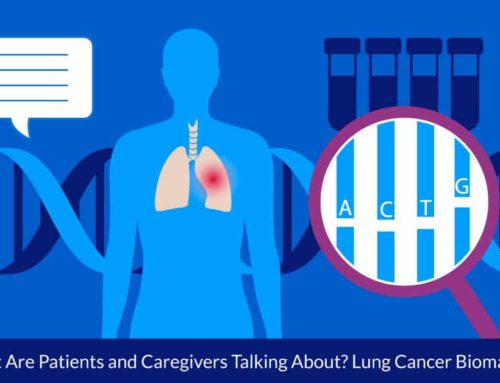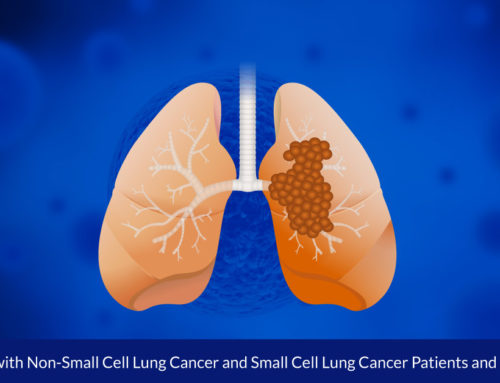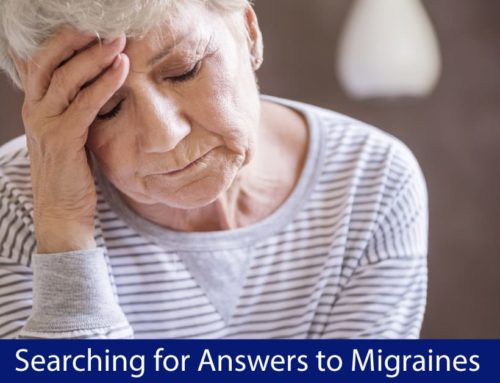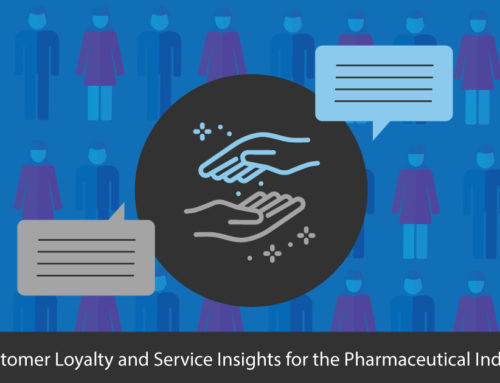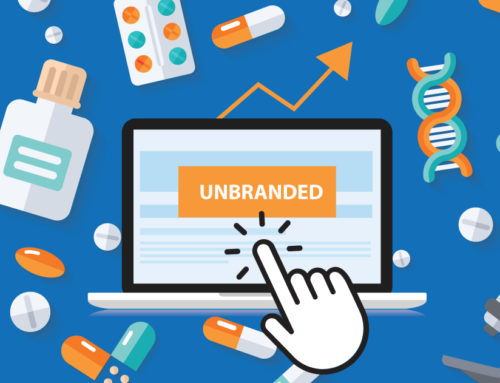Targeting Your Audience: Where and How to Engage Millennials with Health Messages

By Sara Ray
In Clinical Trials: 8 Reasons Researchers Should Pay Attention to Millennials, I identified unique cohort characteristics and experiences that have impacted millennials.1 Constant connectivity and technological sophistication inform and shape their lives and outlook. We explored where and how they spent their time online as healthcare consumers. To learn more, the research team at Inspire surveyed over 300 members between the ages of 18 and 36. (see note below) We focused on where and why they are active online, and their health-related online activities, preferences and habits.
According to Pew Research, Facebook dominates the social media landscape with 68% of Americans using the platform in 2018.2 Our survey participants also use Facebook more than other platforms. Around 95% are Facebook users. Of that group, 75% use Facebook for health-related communications.
Yet, millennials’ health-related usage varies. Around 60% of the millennials we surveyed utilize forums like Inspire, and of these, 92% use them for healthcare communication.

We took a deeper dive into the health-related uses of each of these social media platforms and identified three broad approaches millennials take when interacting with each type of social media platform.
Types of Social Media Interaction
Community experience sharing
Healthcare Forums
As the name suggests, healthcare forums are all about sharing and 53% of those who use these forums do share their experiences. Significantly, healthcare forums seem to be an important resource for learning about treatments with a whopping 88% of millennials reporting that they learn about treatments on forums like Inspire. This was the highest percentage among all the sources.
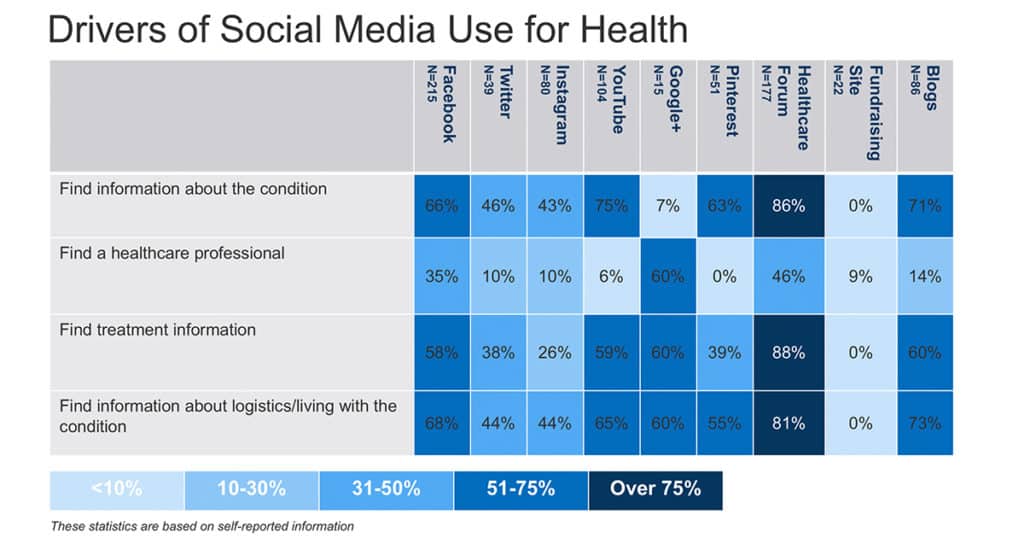
Equally interesting is the large number who report using these sites to learn daily living strategies (81%). Participants wrote that they:
“Check out tips or aides that people with my medical condition or similar conditions use. Also, read how people manage their symptoms, recommended doctors, how my condition is similar to or different from other peoples’ experiences.”
“Connect with others in similar situations. To get help to certain problems and give hope and comfort to those who need it.”
“Ask questions, research treatment options most doctors may be unaware of; find/locate the few doctors who specialize throughout US.”
Among the sources, Facebook had the highest percentage of participants that used the platform for reading and watching linked content (89%). Participants also reported the site as being used to find encouragement or inspiration, also the highest percentage among the sources. Millennial did most of their personal sharing about their medical conditions on private accounts or closed groups.
Respondents wrote that they use Facebook to:
“Build my tribe, connect with others, provide support via private groups, learn about treatment options.”
“I use facebook to find research papers and articles I might have missed in my Google searches. I don’t share anything to support groups there but I love reading other people’s stories and seeing the wide array of responses to other members questions.”
Public representation and engagement
Two platforms are used by millennials to express themselves publicly.
Seventy-seven percent of those who engaged on Twitter reported “linked content” as the most commonly viewed content. Almost half (46%) of those who engaged on Twitter did so to publicly share information about their condition.
Participants commenting on Twitter said that the purpose of Twitter was to:
“Tweet about news in healthcare, interact with influencers, get access to new research.”
“Find support through hashtags. Find info for important current events.”
“Raising awareness, being part of a specific campaign or reaching out to celebrities, politicians or organisations to raise awareness or thank them for a positive action that helps our community.”
Again, public sharing of information on their condition motivates around 39% of our millennial respondents to use Instagram. But 80% use Instagram to consume empowering or inspiring images; over 50% share these types of images. Their comments reflect these interests.
“Follow users who adhere to my dietary preferences or have experience with thyroid issues.”
“Encourage others, document ongoing journey of chronic illness.”
“Less about information and more about personal expression. Funny memes on the Illness, snapshots into “another sick person” thoughts and life. Inspiration…”
Passive Information Gathering
YouTube and blogs are used for passive information gathering. Almost 80% of our respondents use YouTube but only 45% indicated that they engage with it for health.
YouTube
Of those who engage with YouTube for health information, 71% report watching personal experience videos published by individuals; about 60% watch videos about medical information from professional experts or organizations while only 11% report sharing original content. Examples of some the comments we received include,
“I view videos of several people who share my medical problems, e.g. psoriasis, and they cover skin care, diet, makeup covering, with product recommendations that they’ve had good experiences using.”
“I look up videos explaining my condition and the symptoms that come with if. Or I will look up videos of other people with my same condition to gain perspective of how they deal with it.”
Blogs
For those who read or write blogs, 83% report using blogs to learn from the experiences of others, 60% use blogs for emotional support, 35% report sharing original content and 25% hope to share medical information to fight stigma or raise awareness.
What they say about blogs
To see what experiences other folks have, so that I can learn from them and feel less alone.”
“Read personal stories of how these conditions affect people’s lives and how they cope, in search of ideas for how to seek healthcare and coping strategies for myself and my family members who are also affected.”
Strategies for engagement based on our findings
We sought to look at how this digitally curious and interactive cohort uses social media.
Other research has found that only 41% of millennials think of their physician as their primary health information source.1 Our study supports the finding that millennial patients and caregivers use social media for health information gathering. But it also describes how they are using each platform, giving clues to engagement opportunities.
For example, health forums provide a natural placement opportunity for direct-to-consumer communications targeting treatment options. Millennials utilize these forums for physician recommendations as well and to learn about other people’s experiences. By providing reputable information on conditions, the industry can utilize health forums to build trust and goodwill. The key differentiator between health forums and Facebook for millennial patients and caregivers is anonymity. Those using forums have sought a dedicated community of other patients and caregivers. Unlike Facebook groups, which are private, these forums are often public, even if anonymous.
In addition, we looked at the differences between older millennial survey respondents and younger millennials (those above and below our average age of 31) in terms of time spent on each social media platform. Both groups were surprisingly similar, except in time spent on YouTube. Compared to older millennials, younger millennials spent more time on YouTube: 70% of those under the age of 31 used YouTube more than 5 hours a week while 70% of those over the age of 31 used YouTube less than 5 hours per week. As the second largest social media venue, YouTube appears to be an untapped resource for health and healthcare. And as a popular destination for younger people, industry should consider YouTube as an up-and-coming opportunity. Populating YouTube with healthcare content that appeals to this group should be a priority.
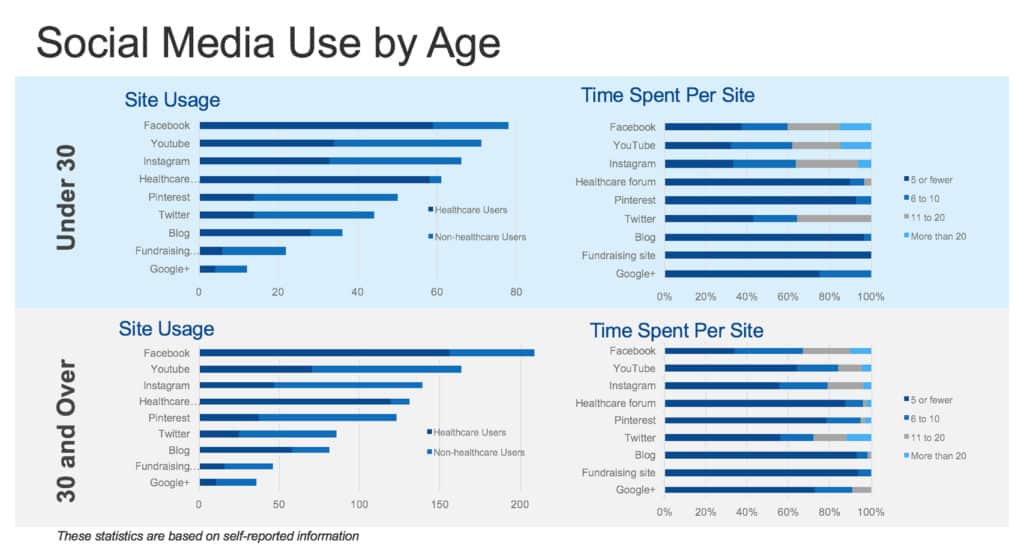
While both Twitter and Instagram are public facing, the sharing that occurs on them differ significantly. For millennials, Twitter health sharing is informational while Instagram is a more personal forum, used for sharing hope and empowerment. For example, a patient with multiple sclerosis might tweet an article about a new treatment but then share a photo of herself lifting weights in the gym with a caption that MS doesn’t hold her back.
Millennials are a bigger cohort than baby boomers, making up 83.1 million in the US.1 As they gain leadership and become influential both culturally and financially, their impact will increase. With higher education levels, interest in transparency and the belief that health is a right, not a privilege, this group requires a different communication strategy from their parents and grandparents. Meeting them where they are is a first step in the process.
Presented at the Intellus Worldwide Summit 2018 held in Philadelphia on May 8.
Note: With an average age of 31, the majority of our survey respondents described themselves as patients (83%). Fourteen percent defined themselves as caregivers with caring responsibilities informed by their relationships as parents (40%), children (35%) or spouse (18%). The health focus of this group of predominantly female millennials (90%) centered on rare diseases,cancers, autoimmune diseases, chronic conditions and fertility/childbearing concerns.
Inspire offers a trusted community to patients and caregivers. Our goal with this blog, this website and our content is to provide the life science industry access to the true, authentic patient voice. In so doing, we support faithful operationalization of patient-centricity. Take a look at our case studies, eBooks and news outlet coverage.
References:
1 https://corp.inspire.com/blog/patient-insights/millennials-clinical-trials/
2 http://www.pewinternet.org/2018/03/01/social-media-use-in-2018/

